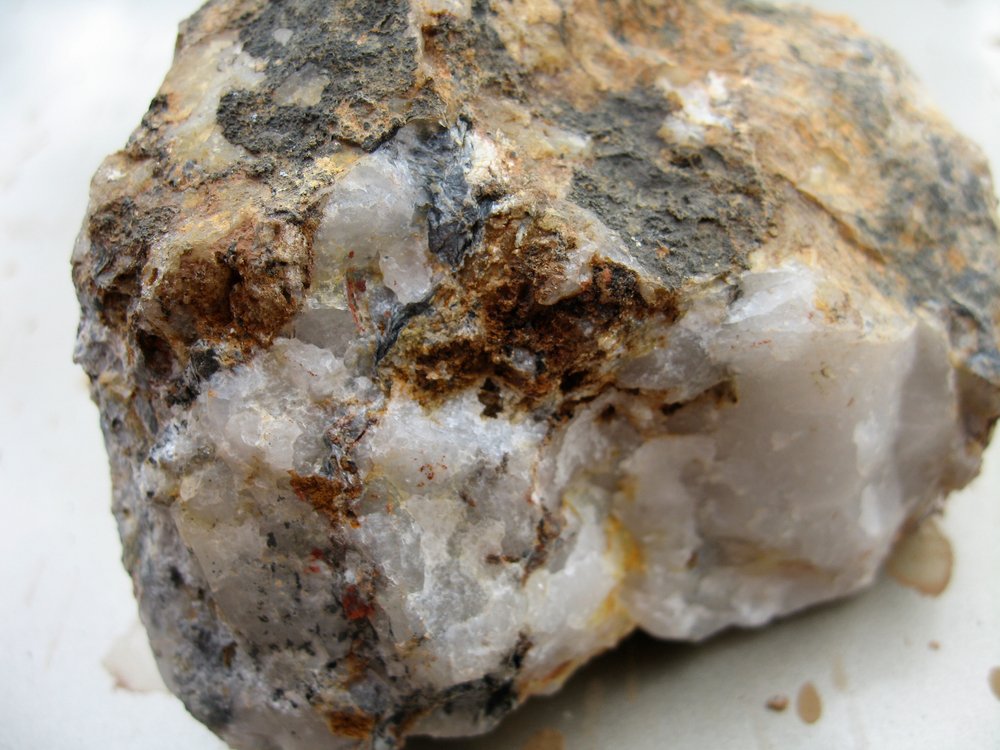Unveiling the Enigma: Exploring the World of the Rarest Rare Earth Element

Rare earth elements (REEs) have become indispensable in various industries, from electronics and renewable energy to healthcare and defense. Among these elements, there exists one that stands out as the rarest of them all. In this article, we delve into the depths of the periodic table to uncover the secrets of the rarest rare earth element.
- The Origins of Rarity:
The rarest rare earth element, known as promethium (Pm), owes its scarcity to its unique atomic properties. With an atomic number of 61, promethium is not found naturally on Earth but is instead produced through artificial means. Its rarity can be attributed to its short half-life and the challenges associated with its synthesis. - Applications and Significance:
Despite its scarcity, promethium finds applications in various fields. Its most notable use is in nuclear batteries, where it serves as a reliable source of energy for pacemakers and other implantable medical devices. Additionally, promethium plays a crucial role in scientific research, particularly in the study of luminescence and phosphors. - Synthesis and Production:
The synthesis of promethium involves a complex process that requires a nuclear reactor. Neutrons are bombarded onto a target material, typically neodymium, resulting in the creation of promethium isotopes. These isotopes are then separated and purified to obtain the desired promethium-147, which is the most stable and commonly used isotope. - Challenges and Future Prospects:
The scarcity of promethium poses significant challenges in terms of its availability and cost. As the demand for rare earth elements continues to rise, researchers are exploring alternative methods for its synthesis and extraction. These include the development of more efficient nuclear reactors and the investigation of potential natural sources.
Conclusion:
In conclusion, promethium stands as the rarest rare earth element, with its scarcity rooted in its unique atomic properties. Despite its limited abundance, promethium finds valuable applications in various industries, particularly in the field of medical devices and scientific research. As we continue to unravel the mysteries of the periodic table, the quest for alternative sources and synthesis methods for promethium remains an ongoing endeavor.

